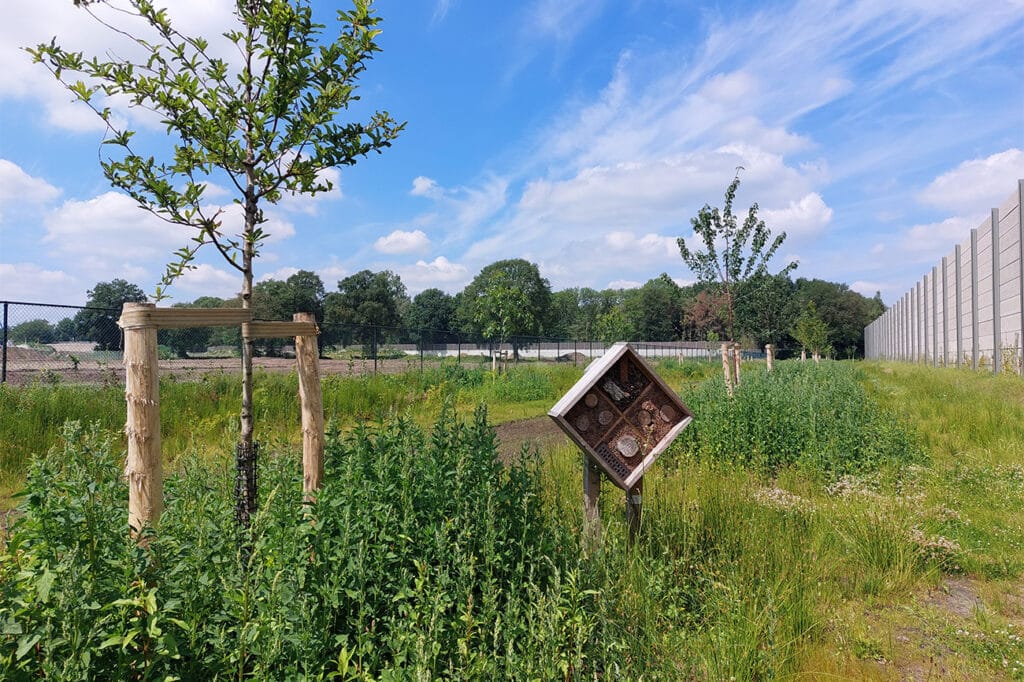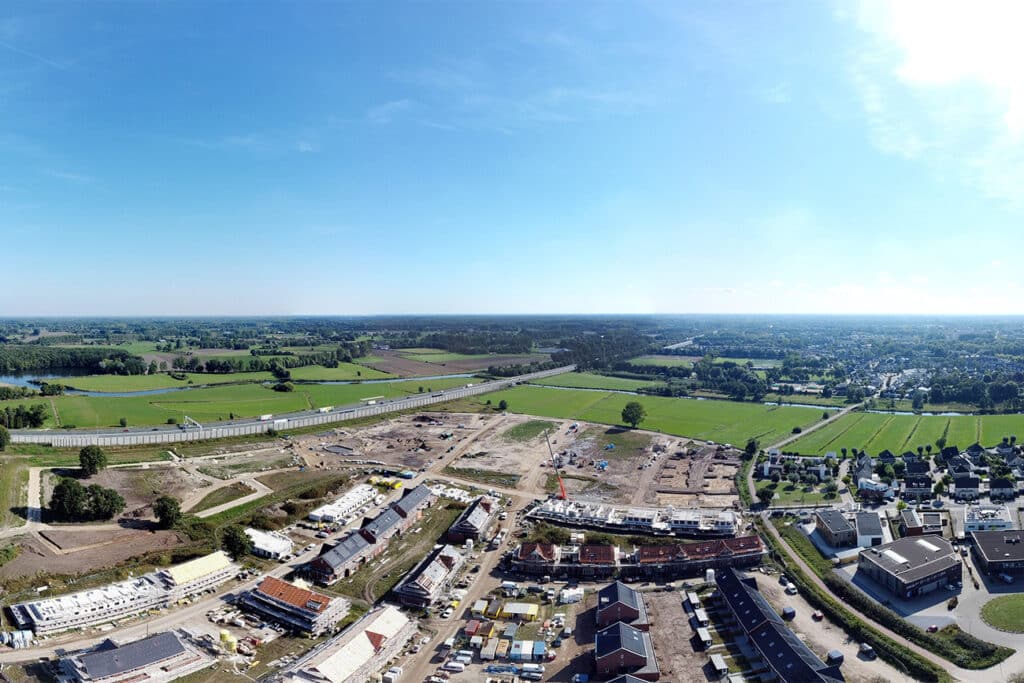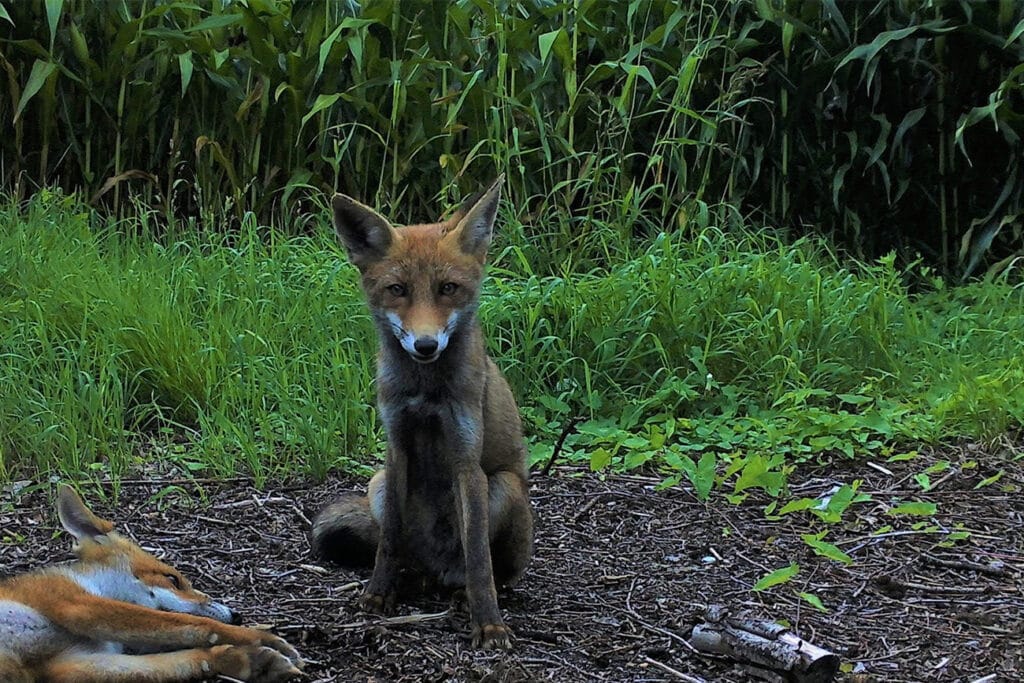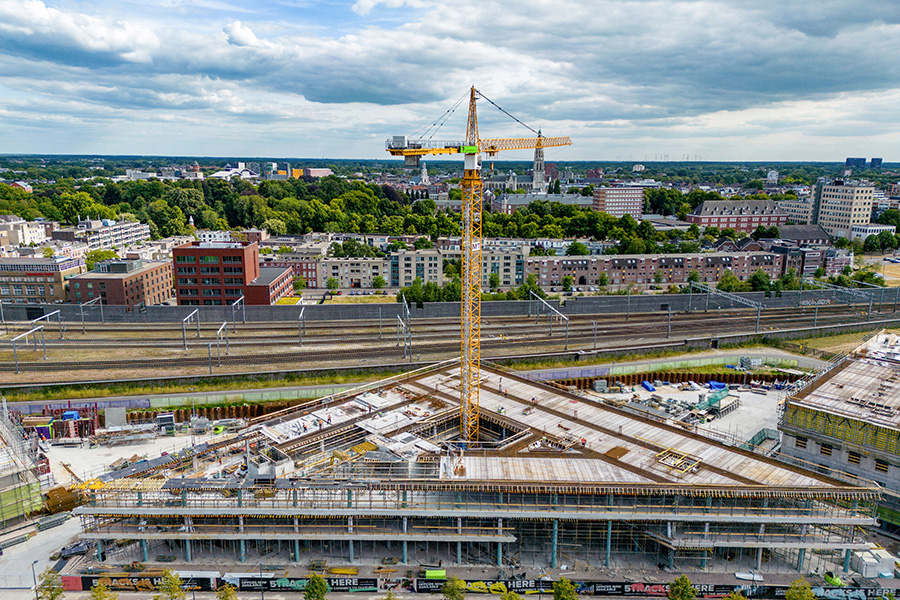
Climate adaptive building: 'This goes beyond building houses and building streets'
In Boxtel, the new Heem van Selis housing estate is being built along the A2 motorway. The ambition of the developers and municipality is greater than the much-needed energy-neutral housing. They are realizing a climate-adaptive and nature-inclusive neighborhood by proactively involving stakeholder organizations and challenges in the development of the plan.
Heem van Selis is located on the north side of Boxtel, between the A2 motorway and the small river De Dommel. The expansion site of 475 homes looks manageable, but it still presents complex challenges. Van Wanrooij Bouw & Ontwikkeling and Bouwbedrijf Van Peer include these in their plans, making the development stronger.

Nature-inclusive development
The district has a relatively high housing density because of the high need for social and affordable housing in particular. With a concrete green vision, the first step toward a nature-inclusive neighborhood was taken. For example, the Laan van Selis meanders through the district like a green vein, with little paving, lots of greenery and lines of sight to the surrounding river landscape.
Added value through partnership
Typical of this development is the active involvement of interest groups, which keeps improving the original plan. "This goes beyond building houses and streets," says Marc van Roekel, development manager of Van Wanrooij Bouw & Ontwikkeling. "We've had to manage complex environmental factors, such as water issues, nitrogen siltation, badger compensation, high noise levels and nature creation. By staying in dialogue with all stakeholders, the nature-inclusive and climate-resilient neighborhood got off the ground and we were able to start within two years."

As many trees as homes
The homes will have mixed hedges and nesting boxes for bats, birds and insects. The local Boxtel Tree Brigade is actively involved in the planning, with the result that old trees will be incorporated or relocated. "The neighborhood will get as many new trees as houses," Van Roekel says.
Climate Adaptive
To make Heem van Selis resistant to the effects of climate change - extreme rainfall, drought and heat - the neighborhood is being climate-adapted. Once every 100 years, the neighborhood may be flooded, due to high river levels, and water board De Dommel is thinking along. Van Roekel: "Excess rainwater is now retained near the homes in rain barrels and open parking pavement and then buffered in wadis. In extreme situations, the excess water goes via the infiltration sewer to the ecological buffer zone. This prevents dehydration, helps against heat stress and protects the neighborhood from high water."

Star restaurant for neighbor Das
In cooperation with both Das en Boom and ARK, the foraging area of the neighboring badger population has been optimized with a badger corridor filled with fruit and nut trees. In the Dommel valley around the district, thicket hedges have been planted as shelter for these four-legged friends and other critters, and a fauna tunnel under the A2 motorway gives the badger easy access to
that area.
- Client VOF Boxtel Selissen (Van Wanrooij Bouw & Ontwikkeling and Bouwbedrijf Van Peer)
- Urban planning agency CB5, Oosterhout
- Civil engineering and management LBA, Groenlo
- Construction contractors Van Wanrooij Bouw & Ontwikkeling, Geffen and Bouwbedrijf Van Peer, Oss
- Civil contractor Jan van den Boomen, Liempde
- Construction period 2020 - 2025



